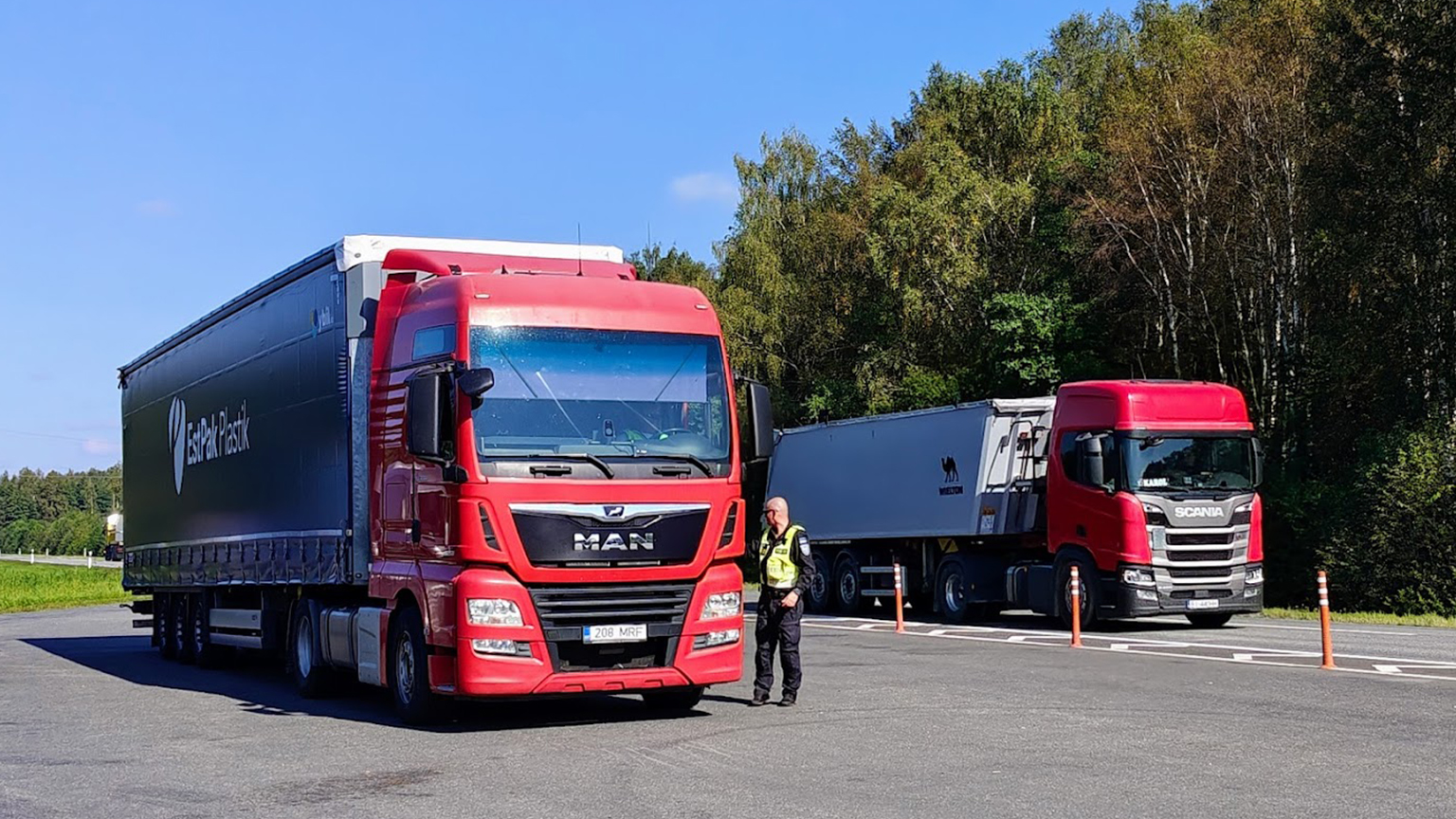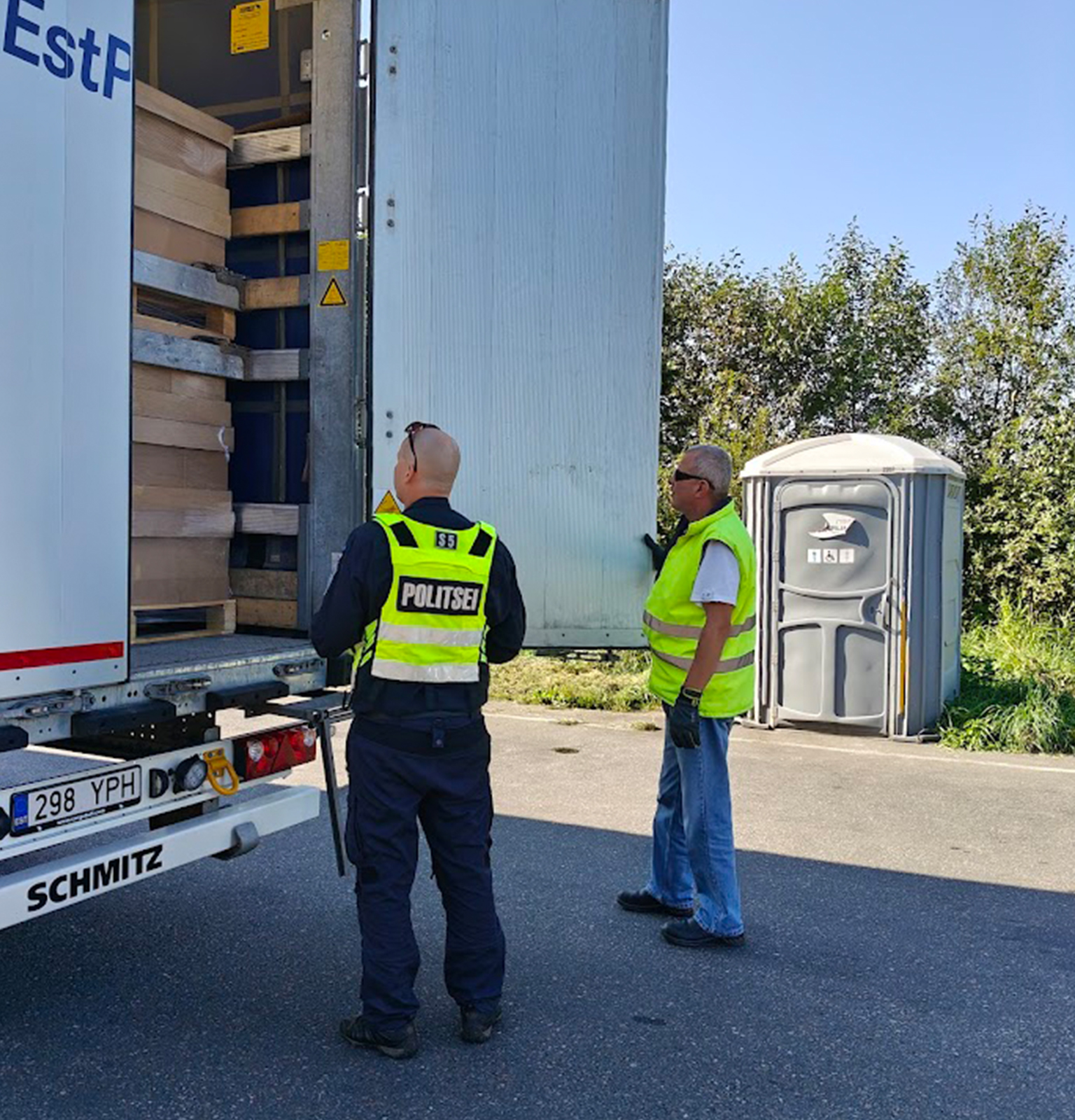CMR covers around 280 million international road transport operations every year. But its digital version, e-CMR, is used in less than 1% of operations – despite all its perks. Why, and what can be done?
The Convention on the Contract for the International Carriage of Goods by Road (CMR) provides legal certainty, standardises documentation, and protects both operators and consignors in road transport operations.
e-CMR takes these benefits further. It lowers administrative costs, does away with paper, speeds up invoicing, raises transparency and operational visibility, and complies with eFTI (the EU regulation to digitalise and standardise freight transport information).
Cédric Oelhafen, IRU’s IS/IT Associate Director, discussed the path forward for e-CMR at a recent industry event in Estonia, hosted by the Digital Logistics Center of Excellence and e-CMR vendor Ybil.io.
“Contrary to popular belief, e-CMR can already be used today,” said Cédric Oelhafen. “But we have to continue working on the knotty problem of interoperability.”
e-CMR is being increasingly used in sectors such as automotive, chemicals, retail, and horticulture, but it faces other challenges besides interoperability, including: translating e-CMR’s legal and functional obligations into technical requirements for e-CMR platforms; uncertainty around the recognition of e-CMR by enforcement authorities and customs; the lack of clear and practical guidelines on digital signatures and user authentication; and the limited availability of reliable e-CMR platforms.
“Despite these challenges, the applicability of e-CMR is vastly underestimated,” said Cédric Oelhafen. “Many manufacturers and shippers working with a small set of transport operators can benefit from e-CMR today, as they are not affected by the interoperability challenge.”
“However, e-CMR will only become scalable when shippers, freight forwarders, and transport operators can work across different e-CMR platforms,” he added.
The event – which featured Estonia’s Ministry of Climate, Latvia’s Ministry of Transport, Estonia’s police and border guard, and Latvia’s Road Traffic Safety Directorate – also included Europe’s first real-time cross-border eFTI control. The test took place near the Estonia–Latvia border as part of the eFTI4EU Project Baltic Transport Corridor pilot.





